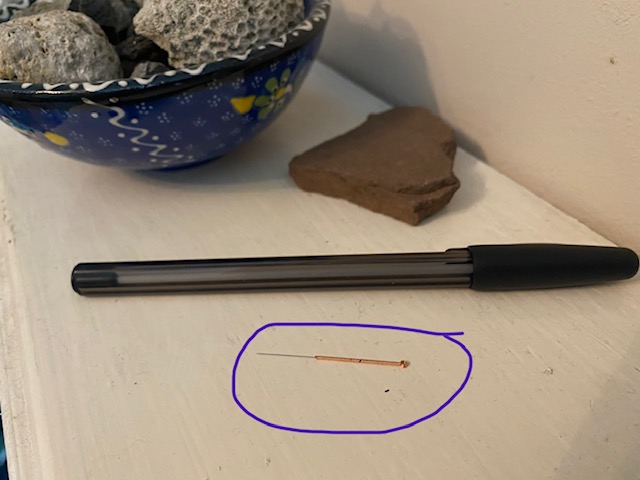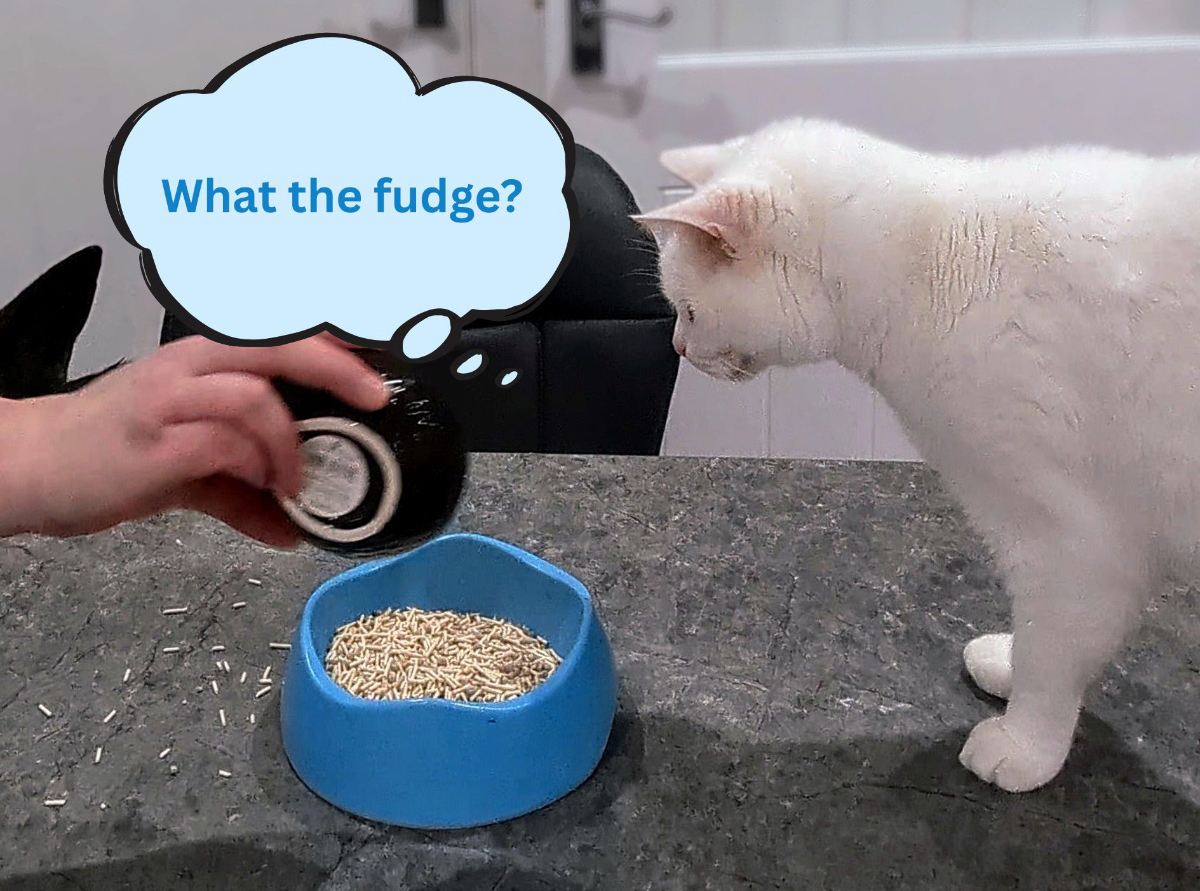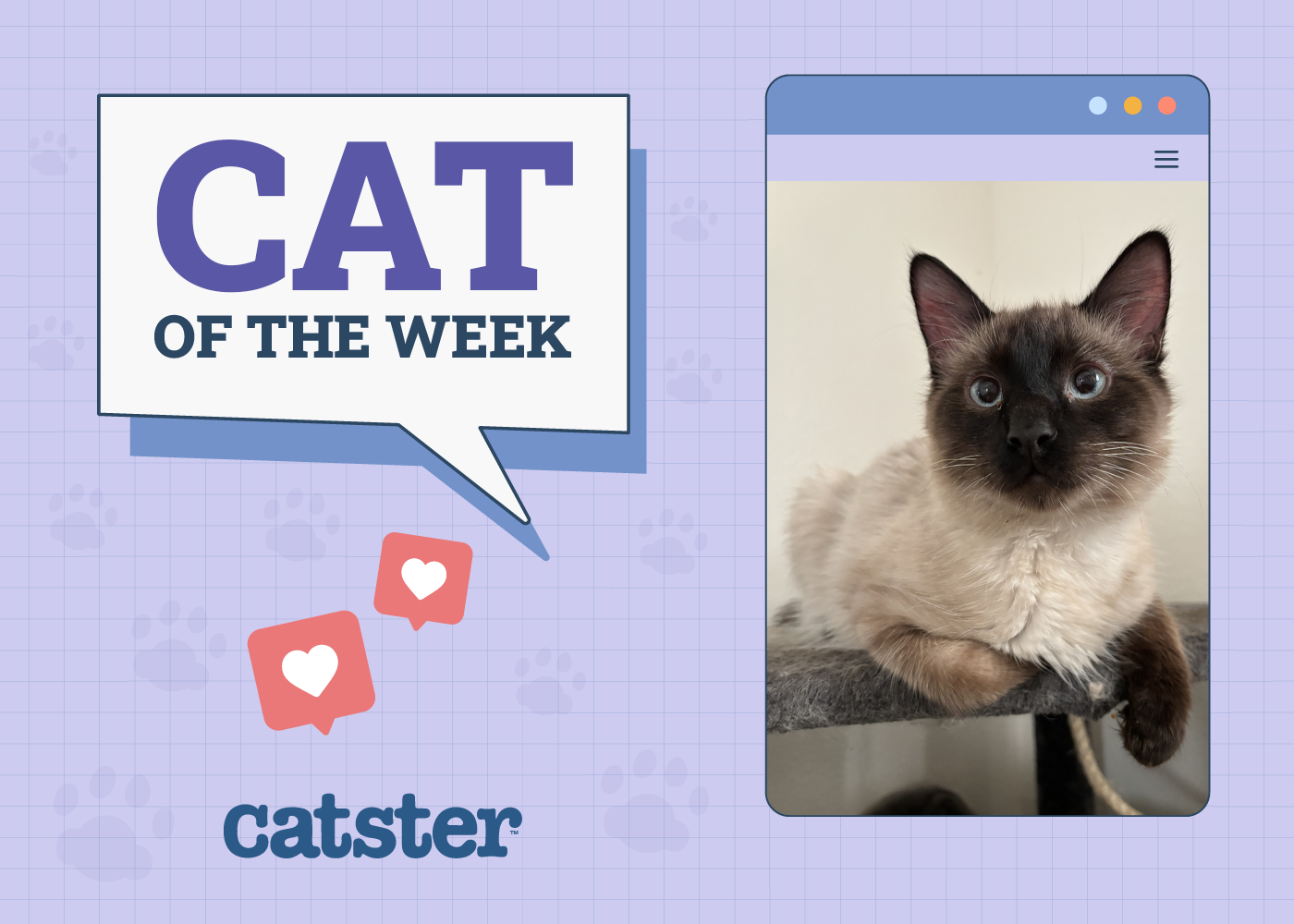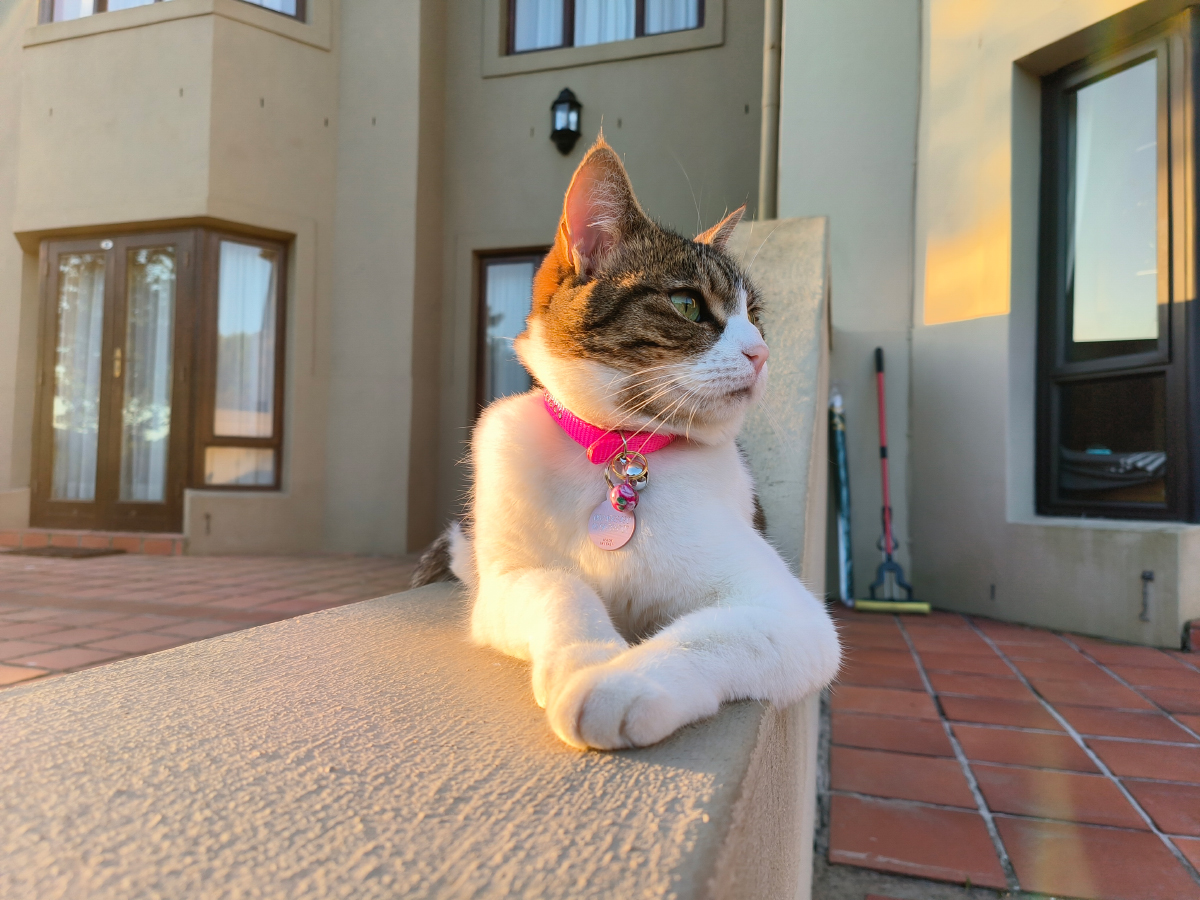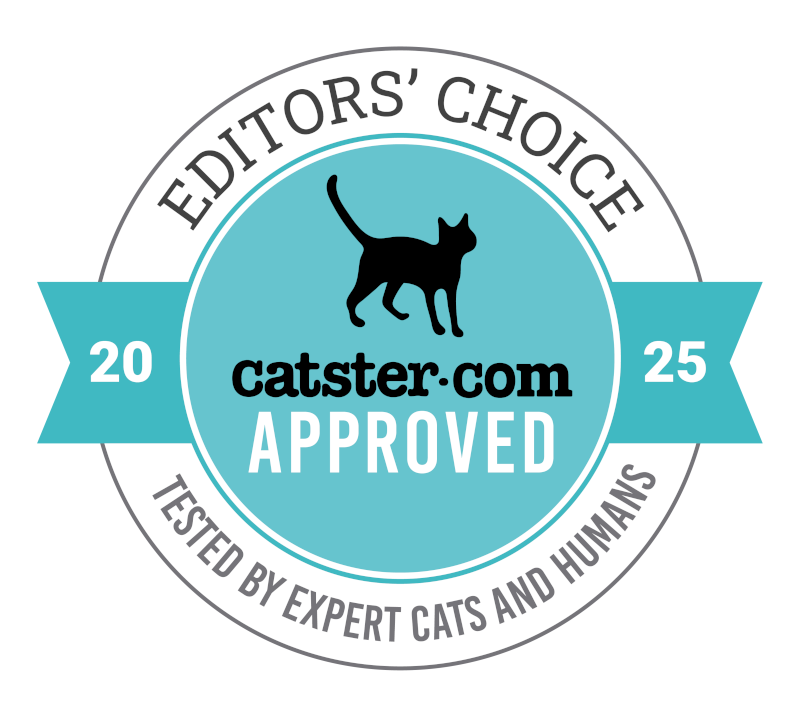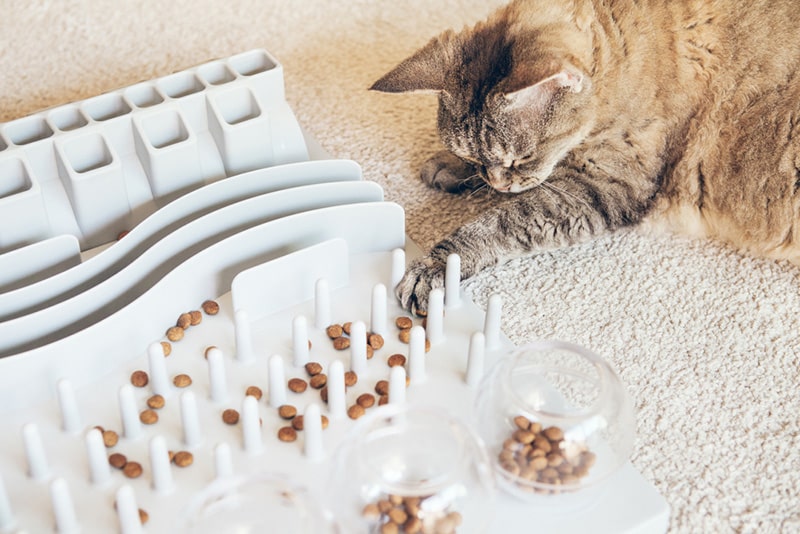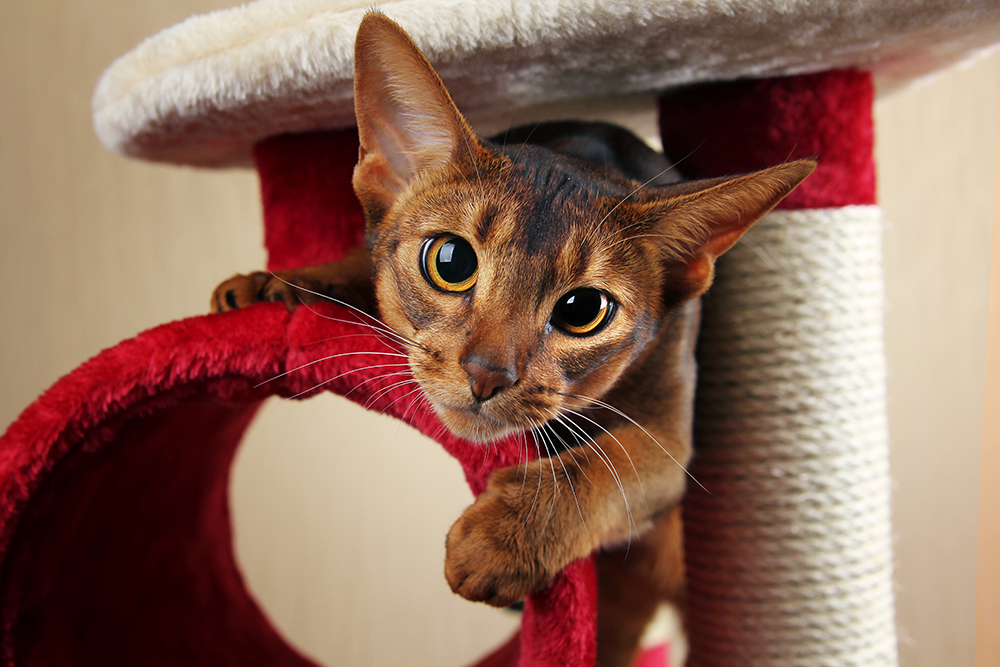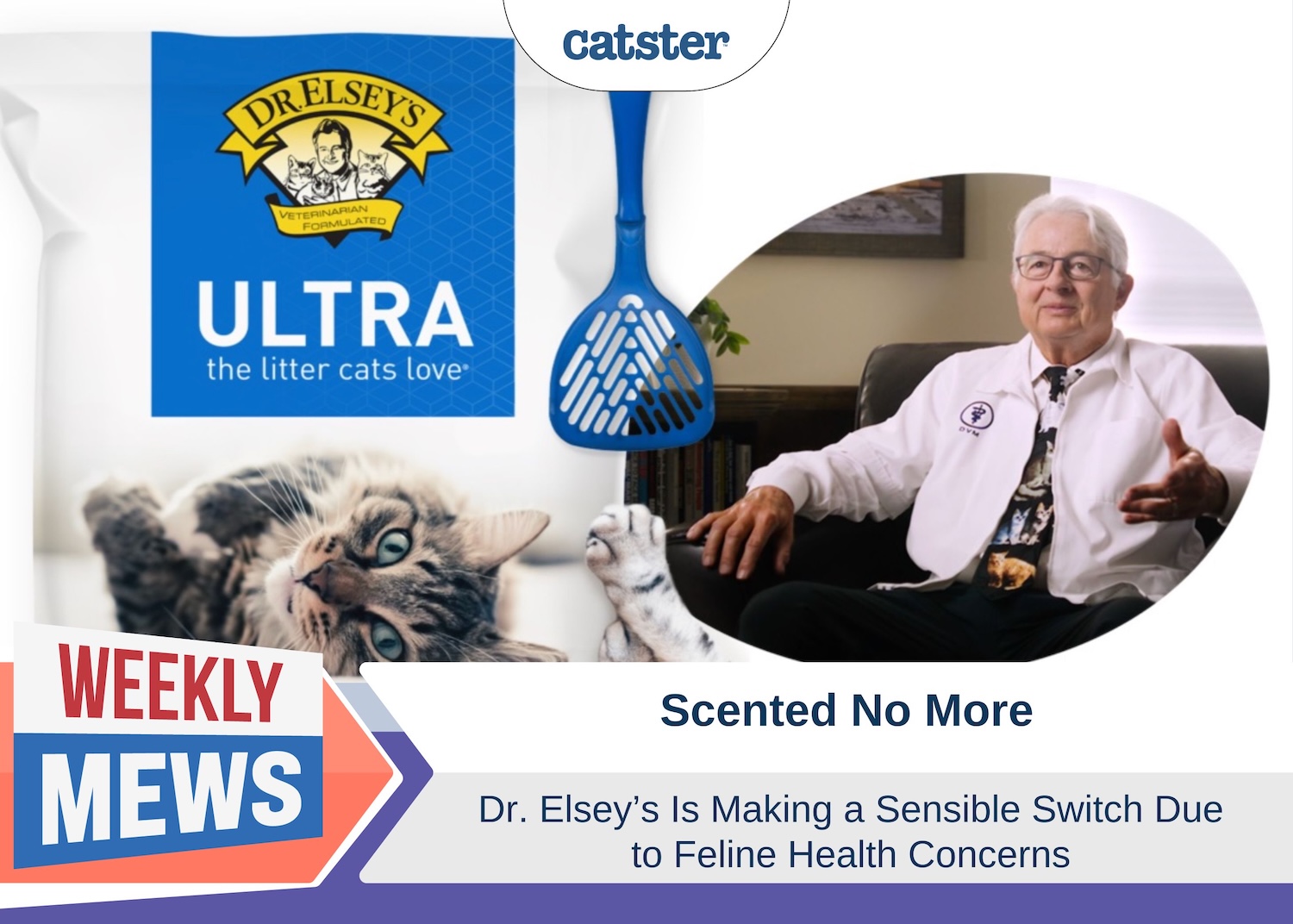Hi, I’m Dr. Lauren! Read my introduction to learn more about me and my two adventurous cats, Pancake and Tiller.
Note: This is part one of a three-part series. Click here to read parts two and three:
Acupuncture is traditionally thought of as a pain-relieving treatment. But is this its only use? And what about cats and acupuncture? How do cats tolerate the process? And if you are looking to find an acupuncturist for your cat, what can you expect?
Let’s explore this more, in this series of articles on acupuncture and cats. I’ll discuss cases I’ve seen, how cats tolerate the treatment, what uses it may have, and how to find a veterinary acupuncturist near you.
Healthy Skepticism?
I’ll be honest, as a Western-trained vet, I’ve always been a bit skeptical when a client asks me about alternative treatments or naturopathic supplements.
We were always taught in vet school that the body and mind are separate entities, separate medical disciplines, even. We were taught to be thorough in questioning everything, to look for the tangible facts, the scientific studies, the merit, and seek the type of science that was supported only via a clinically randomized, double-blinded study.
It wasn’t until recently, that I began to wonder if we had also been blinded in the process.
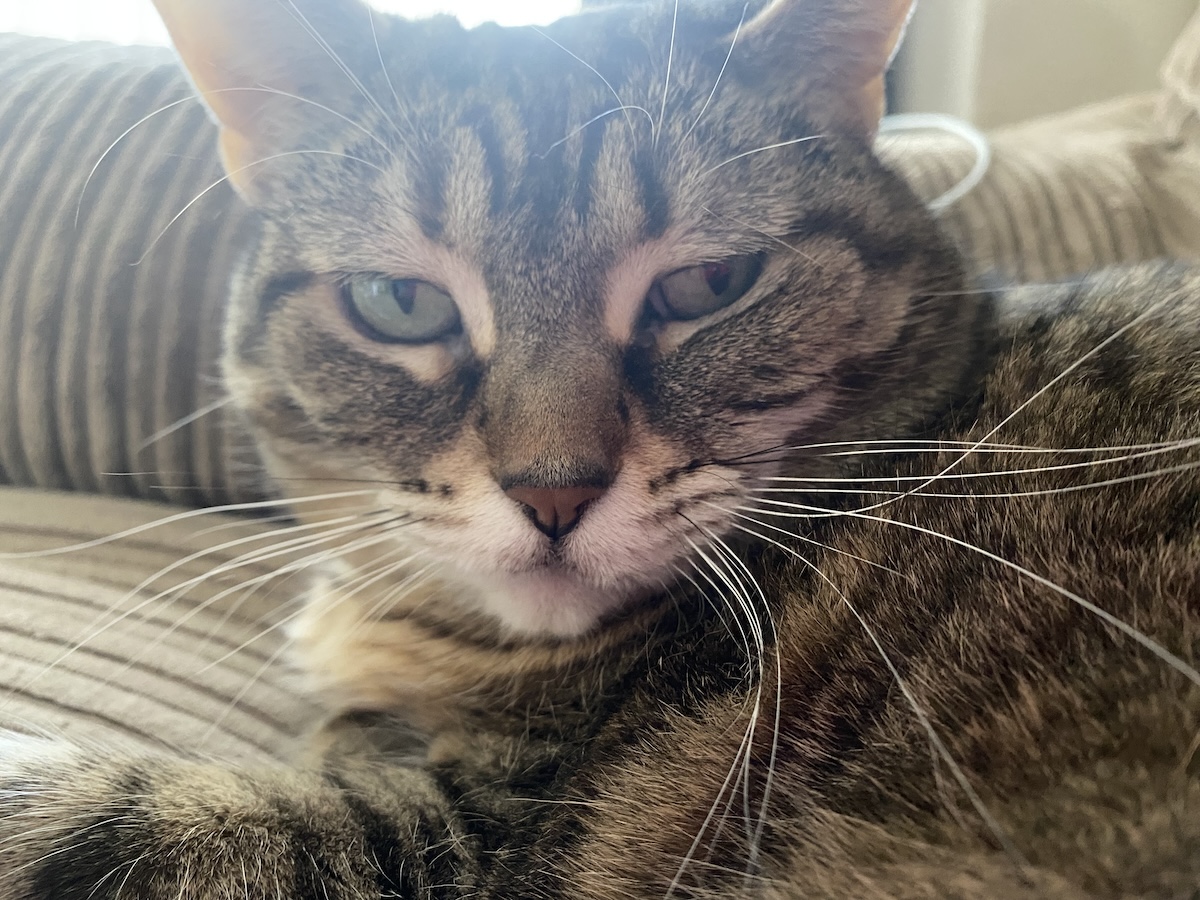
East vs West
Eastern medicine, as it has come to be known, had been around for thousands of years before the advent of Western medicine. Far before double-blinded, placebo-controlled research existed, the concept of a holistic being, one with mind and body intimately connected, was taught, practiced, and lived. Theories were tested, proven, and the art of Eastern medicine became a practice of medicine, taught through generations.
Tai Chi, Qi Gong, and the Shaolin Monks may spring to mind when you think of Eastern practices. But until recently, I had no idea how profound these teachings could actually be.
After attending a conference on the use of acupuncture in Western veterinary medicine, I was floored. Suddenly, the body and the mind were linked, by intricate pathways or channels, as they are known in acupuncture. Channels exist for major organ systems, many of which correspond to what Western medicine would define centuries later.
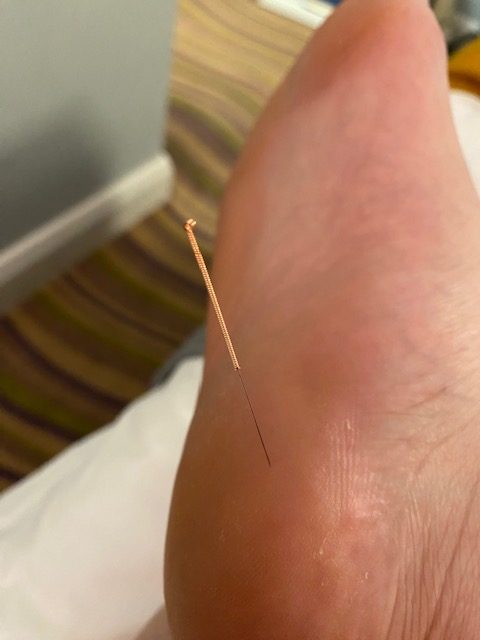
Acupuncture in Veterinary Medicine
Sterile needles are placed to stimulate various parts of the channels and the clinical issues that the patient is having, to help in alleviating the issue. Many theories exist as to how, exactly, the treatment helps to improve the patient, with one widely accepted theory being the involvement of the fascia, a largely underrecognized organ system in Western medicine. Regardless, as one of our lecturers put it this past weekend, “Acupuncture can be described as the meeting of neurological, mental and physiological health”.
Case histories such as horses with intractable “behavioral issues” that led to condemning ultimatums in their care (e.g., fix the issue or euthanasia) were highlighted as acupuncture success stories. Videos of these patients before and after treatment were astounding: animals that presumably were in so much pain as to be untouchable were suddenly transformed into completely different beings.
Myself, having had excruciating pain in my leg for about six months, I too, know what a burden it can be. It certainly can make you…grumpy…even on the best day, to say the least. Limping around, day after day…it gets a bit tiring.
Next week, we’ll talk about the cases I’ve seen and how cats handle the treatment. See you soon!
- Read her previous article: Surgical Admit Appointments & Day-Of Electives: A Cat Owner’s Manual
- Read her next article: Feline Fine: Acupuncture in Cats, Part Two

